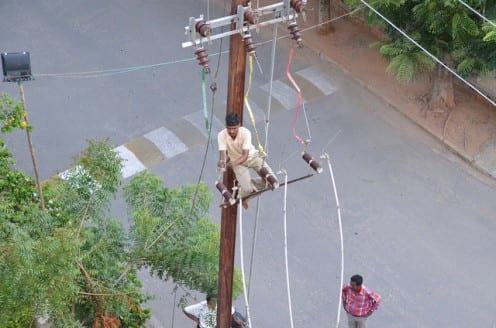Social media and the sense of autonomy
By Razvan Nicolescu, on 23 October 2013
This post is about the usage of social media among teenagers in the Italian fieldsite and in particular about the idea of self-autonomy. The first thing to say is quite obvious: that is, most teenagers’ usage of social media happens between two main forces that act simultaneously and most of the time in opposite directions. On one hand, their peers encourage an active usage of new technology and social media, and on the other hand, parents and schools tend to drastically discourage and limit this usage. While online friends require more online interactivity and participation, families and teachers encourage more offline involvement. These kinds of misunderstandings are largely discussed in the anthropological literature (see for example Livingstone, Ito, or the Digital Youth Project) and I will not dwell here on this topic.
Another important issue related to teenagers’ usage of social media is that, like when playing in the playground, social media provides the setting where they learn and practice sociality inside the various peer-groups they adhere to and with no significant help or guidance from adults. At the same time, the famous psychologist Jean Piaget argued that roughly between 12 and 14 years old teenagers engage on the road from an ego-centric to a de-centered understanding of the world. In social terms, this process corresponds to a movement from a rather concrete to a more abstract understanding of relationships. Whether it is driven by an individual fascination or by a social imperative for the newly discovered relationships, may be debated. What is really important, I argue, is that the individual is entering int0 a vast system of communication and relations with a large number of peers in a relatively short period of time. There seems to be little time and space to filter out ideas and to be very strict in following some pre-defined rules for communicating, in adults’ terms. Instead, teenagers seem to sort out these rules on the go, while being active on social media.
Paulina is a 14 years old. She has been on Facebook for two years. She has around 800 friends on this platform, her profile is public, and she does not differentiate too much between her online friends. She is usually online two to three hours a day and logged into her Facebook account. She admits she does many other things online, including homework, however, most of the time she is busy answering different requests or messages she receives on Facebook. She does that because she feels she has to respond to these requests and she has to be quick if she wants her own thoughts to be heard. She is not interested if other people look at her online profile and why they would do that.
Paulina’s mother opposes most of these ideas. She has had a Facebook profile for around two years, but she was never too active on it. She has around 80 Facebook friends, most of them mothers. Actually, one of the reasons many parents started using Facebook was to friend their children so they could watch over their online behavior. She could not understand why her daughter would just post ‘everything’ on Facebook. She is quite confused in particular by the fact that her daughter seems to not make any choices in what to post and what to not post online, or in differentiating somehow between the audience of these posts. A private quarrel could go online, as well as an important prize at school. After some time of trying to control her daughter online, she gave up and started to mind more her own Facebook friends.
This story is very typical for the Italian town: teenagers introducing their parents to Facebook and young people introducing their parents to computer and skype. In a way, this seems to correspond to the process described by the term polymedia. However, when teenagers started to be active on twitter, things changed dramatically: they suddenly evaded the more socially accepted peer-to-peer communication for a much stranger one. Most parents do not even bother to ask their children what they do on twitter, not to mention trying to go to the site. Meanwhile, teenagers enjoy their newly discovered autonomy that corresponds to a sort of abstractization of social relations as detailed above. In any case, many teenagers seem to think that while Facebook became rather normative and predictable, twitter allows them to be more autonomous and innovative. And rules seem to be more difficult to be enforced here.
 Close
Close






